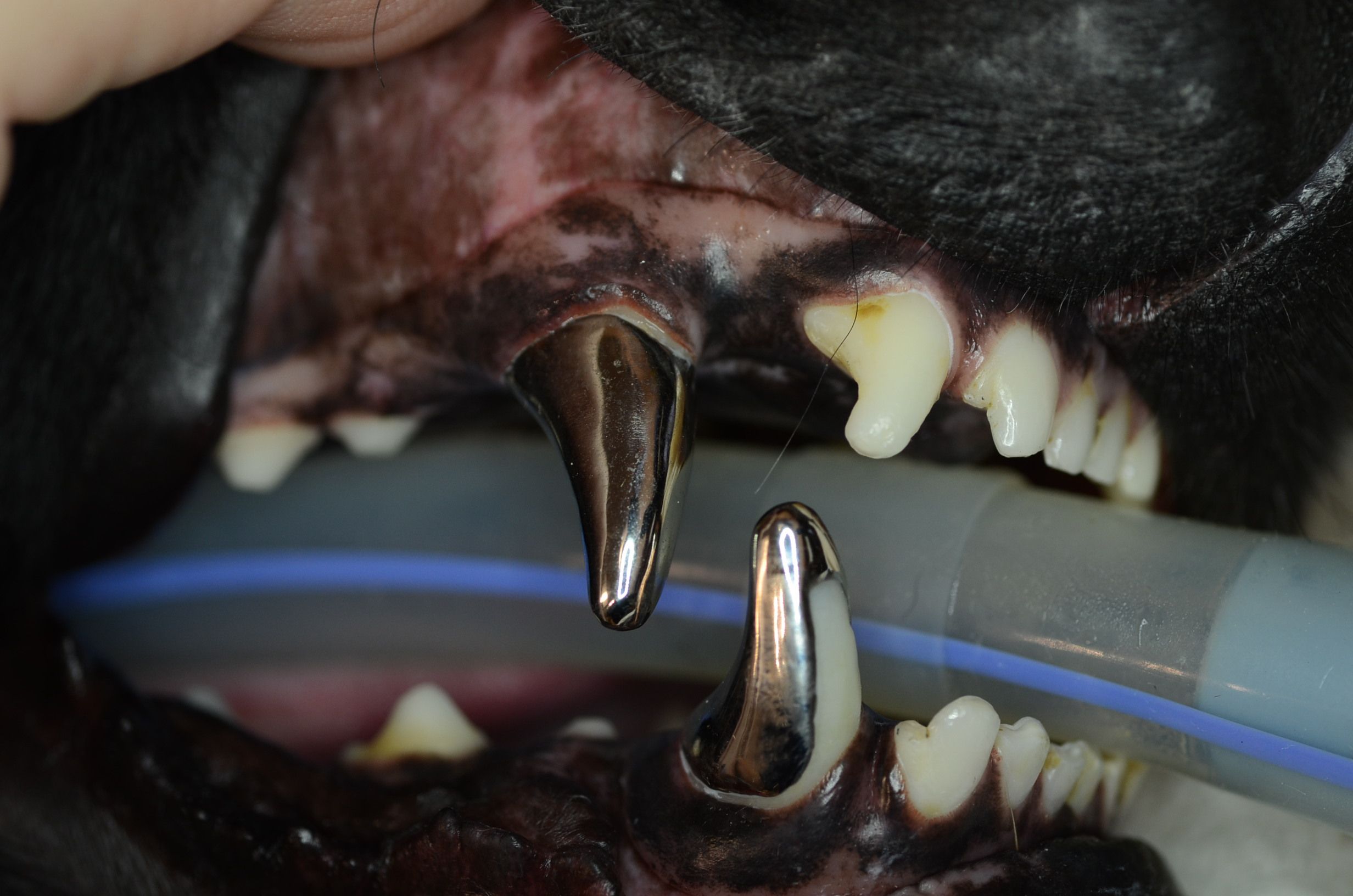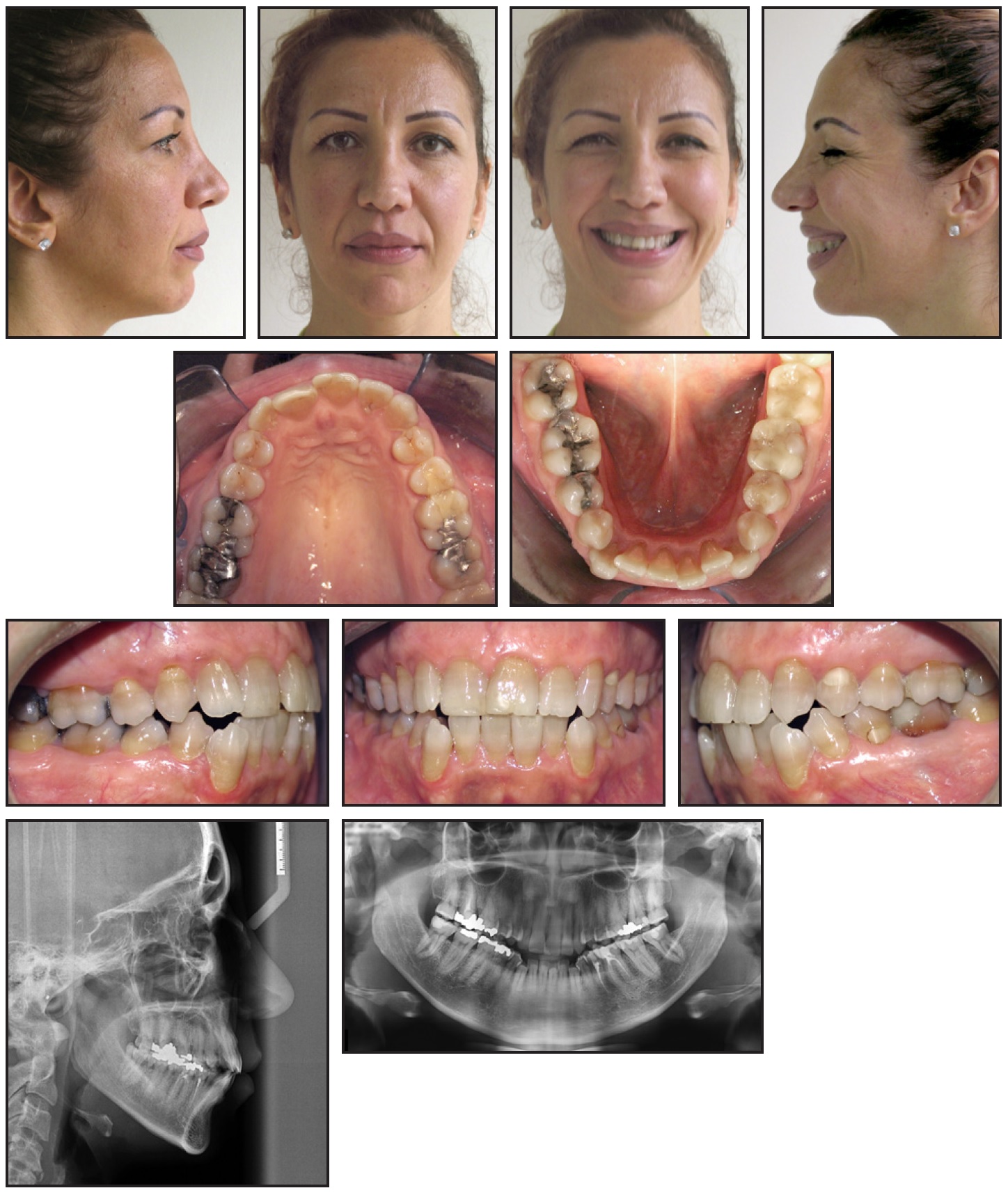Have you ever looked in the mirror and wondered why your canine teeth seem sharper than everyone else's? You're not alone. Many people feel self-conscious about their pointy canine teeth, but the good news is that there are plenty of solutions to help you achieve the smile you've always wanted. Whether you're considering dental contouring or exploring other options, this article will guide you through everything you need to know about pointy canine teeth before and after treatment.
Let's face it—our smiles are one of the first things people notice about us. If your canines are giving you a vampire vibe, it might be time to explore what can be done. But don't worry, we've got you covered. From understanding the science behind pointy canine teeth to exploring cosmetic dentistry options, this article will break it all down for you.
Before we dive into the nitty-gritty, let's set the stage. This isn't just another article about dental health. We're here to give you actionable insights, real-life examples, and expert advice so you can make informed decisions about your smile. Ready? Let's get started!
- Kourtney Kardashian Ring The Ultimate Guide To Her Sparkling Jewelry Collection
- Deja And Justin Rollins A Modern Love Story Thats Got Everyone Talking
What Are Pointy Canine Teeth?
Pointy canine teeth are essentially the result of genetics. These teeth, located right next to your front teeth, are designed to be slightly longer and sharper compared to your other teeth. They play a crucial role in biting and tearing food, but sometimes they can stick out a little too much. Some people have canines that are more pronounced, which can affect their confidence.
Now, here's the thing—pointy canines aren't necessarily bad. In fact, they're completely natural. But if you're feeling self-conscious about them, there are ways to address it. Cosmetic dentistry has come a long way, and today's treatments are safer, more effective, and more affordable than ever before.
Why Do Some People Have Sharper Canines?
Genetics plays a huge role in how your teeth develop. Some folks inherit sharper canines from their parents, while others might have them due to irregular tooth growth. Whatever the reason, it's important to remember that everyone's smile is unique. But if you're not happy with yours, there are options to consider.
- Celebrity Breast Implants The Inside Scoop On Hollywoodrsquos Most Talkedabout Trend
- Dax Shepard Relapse A Candid Look At His Journey Recovery And Lessons Learned
Here are a few reasons why some people have sharper canines:
- Genetic factors
- Irregular tooth development
- Delayed tooth eruption
- Wear and tear over time
Pointy Canine Teeth Before and After: What to Expect
So, what exactly happens when you decide to address your pointy canine teeth? The process typically involves a consultation with a dentist, followed by a treatment plan tailored to your needs. Whether you choose dental contouring, veneers, or another option, the goal is to create a more balanced and harmonious smile.
Here's a sneak peek of what you might experience:
- Before: Your canines might look longer or more pronounced, making your smile feel uneven.
- After: Your dentist will reshape your canines to match the rest of your teeth, creating a smoother and more uniform appearance.
Is It Painful to Reshape Canines?
This is one of the most common questions people ask. The good news is that reshaping canines is generally a painless procedure. Most patients report little to no discomfort during or after the treatment. Your dentist will use a special tool to gently file down the enamel, and the process usually takes less than an hour.
Of course, if you're nervous about the procedure, you can always discuss sedation options with your dentist. Many clinics offer mild sedation to help you relax during the treatment.
Understanding Dental Contouring
Dental contouring, also known as tooth reshaping, is one of the most popular treatments for pointy canine teeth. It's a non-invasive procedure that involves gently filing down the enamel to create a more balanced smile. The best part? It's usually covered by insurance, making it an affordable option for many people.
Here's how dental contouring works:
- Your dentist will examine your teeth and discuss your goals.
- They'll use a special tool to reshape your canines, ensuring they blend seamlessly with the rest of your teeth.
- Finally, they'll polish your teeth to give them a smooth and natural finish.
Benefits of Dental Contouring
There are plenty of reasons why dental contouring is such a popular choice:
- It's quick and painless.
- It's affordable and often covered by insurance.
- It can significantly improve the appearance of your smile.
- It doesn't require any recovery time.
Other Treatment Options for Pointy Canine Teeth
While dental contouring is a great option for many people, it's not the only solution. Depending on your specific needs and preferences, your dentist might recommend other treatments, such as veneers, crowns, or orthodontics.
Let's take a closer look at some of these options:
Veneers
Veneers are thin shells made from porcelain or composite resin that are bonded to the surface of your teeth. They can completely transform the appearance of your smile, including your canines. Veneers are a great option if you're looking for a more dramatic change.
Crowns
Crowns are another option for reshaping pointy canine teeth. They're essentially caps that fit over your existing teeth, providing a more natural and uniform appearance. Crowns are a bit more invasive than veneers or contouring, but they're a durable and long-lasting solution.
Orthodontics
Believe it or not, sometimes pointy canines are the result of misalignment. In these cases, orthodontics might be the best solution. Braces or clear aligners can help shift your teeth into the correct position, creating a more balanced smile.
Pointy Canine Teeth Before and After: Real-Life Examples
Seeing is believing, right? Let's take a look at some real-life examples of people who've undergone treatment for pointy canine teeth.
Case Study 1: Sarah, a 28-year-old marketing professional, was tired of feeling self-conscious about her sharp canines. After consulting with her dentist, she decided to go with dental contouring. The results were amazing—her canines were reshaped to match the rest of her teeth, and she couldn't be happier with her new smile.
Case Study 2: John, a 35-year-old accountant, opted for veneers to address his pointy canines. He was looking for a more dramatic change, and veneers provided the perfect solution. His new smile was so natural that no one could tell he'd had any work done.
What Patients Say About Their Experience
Here's what some patients had to say about their pointy canine teeth before and after treatment:
- "I never realized how much my smile affected my confidence until I had my canines reshaped. Now, I feel like I can take on the world!"
- "The process was so easy and painless. I'm so glad I took the plunge and got my teeth done!"
- "I was nervous at first, but my dentist was amazing. They explained everything step by step, and I couldn't be happier with the results."
Taking Care of Your Teeth After Treatment
Once you've undergone treatment for your pointy canine teeth, it's important to take good care of them to ensure the results last. Here are a few tips to keep your smile looking great:
- Brush twice a day and floss daily.
- Avoid hard or sticky foods that could damage your teeth.
- Visit your dentist regularly for check-ups and cleanings.
- Consider using a nightguard if you grind your teeth.
How Long Do the Results Last?
The longevity of your results depends on the treatment you choose. Dental contouring is a permanent solution, as it involves reshaping the enamel. Veneers and crowns, on the other hand, typically last between 10-15 years with proper care.
Common Misconceptions About Pointy Canine Teeth
There are a few myths and misconceptions about pointy canine teeth that we need to clear up:
- Myth: Pointy canines are a sign of bad oral health. Fact: They're completely natural and often genetic.
- Myth: Reshaping canines is painful. Fact: Most patients report little to no discomfort during the procedure.
- Myth: You have to break the enamel to reshape canines. Fact: Modern techniques ensure that the process is safe and effective.
Conclusion: Transform Your Smile Today
Pointy canine teeth before and after treatment can make a world of difference in how you feel about your smile. Whether you choose dental contouring, veneers, or another option, the key is to work with a qualified dentist who understands your needs and goals.
So, what are you waiting for? Take the first step towards a more confident smile by scheduling a consultation with your dentist today. And don't forget to share this article with your friends and family who might be considering similar treatments. Together, let's make smiling easier and more enjoyable for everyone!
Table of Contents
Why Do Some People Have Sharper Canines?
Pointy Canine Teeth Before and After: What to Expect
Is It Painful to Reshape Canines?
Understanding Dental Contouring
Other Treatment Options for Pointy Canine Teeth
Pointy Canine Teeth Before and After: Real-Life Examples
- Celebrity Breast Implants The Inside Scoop On Hollywoodrsquos Most Talkedabout Trend
- Unveiling Barbara Grimes The Remarkable Journey Of A Living Legend


